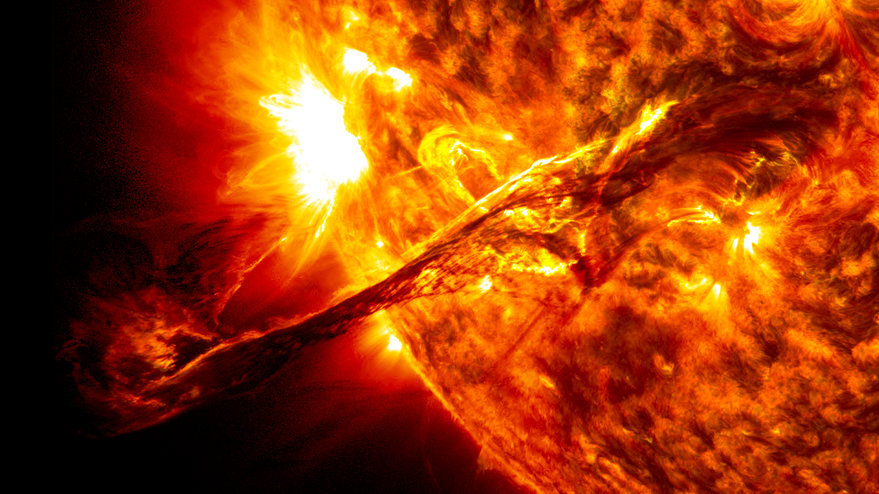SAN FRANCISCO – The Southwest Research Institute won a $15.6 million contract to design and build the Solar Wind Plasma Sensor for the National Oceanic and Atmospheric Administration’s Space Weather Follow On (SWFO) Lagrange 1 satellite. NOAA announced the cost plus, fixed-fee contract July 1, which it awarded through NASA.
Under the contract, the Southwest Research Institute will design, analyze, develop, fabricate, integrate, test, calibrate and evaluate the Solar Wind Plasma Sensor. In addition, the Southwest Research Institute will support the launch and on-orbit check-out of the instrument, according to NOAA’s July 1 news release.
Federal agencies are working together to improve space weather research, monitoring and forecasting. NOAA’s SWFO program is a key element of that campaign.
NOAA’s SWFO-L1 satellite is scheduled to launch in 2024 as a rideshare on the NASA Interstellar Mapping and Acceleration Probe. “SWFO-L1 will provide NOAA with the continuity of solar wind data and coronal mass ejection imagery, the National Weather Service’s highest priority for space weather observations,” according to the news release.
SWFO-L1 is designed to carry on the work of the NASA-European Space Agency Solar and Heliophysics Observatory launched in 1995 and and NOAA’s Deep Space Climate Observatory launched in 2015.
NASA is the flight systems procurement agent for the NOAA Space Weather Follow-On program. NASA Goddard Space Flight Center is the acquisition lead.
